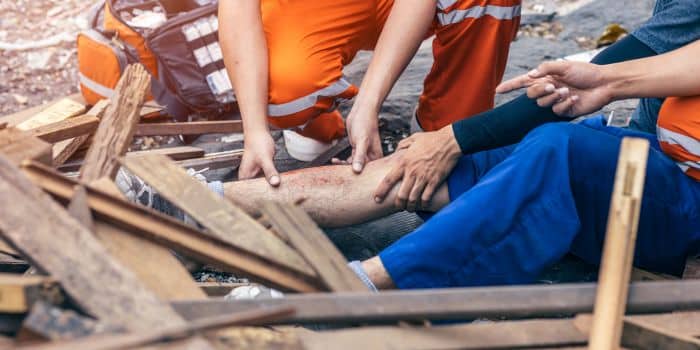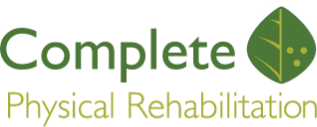Are You Suffering From A Work Injury In Elizabeth or Jersey City?
Have you ever had to miss work or file for disability due to an injury sustained on the job? If so, you are not alone.
Have you ever had to miss work or file for disability due to an injury sustained on the job?
If so, you’re not alone: according to the Bureau of Labor Statistics, approximately 2.9 million people sustained nonfatal work injuries or illnesses in 2016. Estimate annual costs exceed billions of dollars in direct and indirect costs for managing these occupational conditions and their consequences.
Given these statistics, it’s clear that preventing and treating work injuries has important economic, psychosocial, and physical implications. Physical therapists play a major role in this endeavour. We encourage you to call us in Elizabeth or Jersey City, NJ if you or a loved one is injured on the job—especially because worker’s comp will often cover the costs of treatment.
General Guidelines for Securing Workman’s Compensation
In order for your work injury rehab to be covered with a workman’s compensation claim, physical therapy treatment needs to be ordered by your physician. The insurance company must also give approval. If you don’t get approval for work injury rehab, however, there are some steps you can take to get the treatment approved:
- Ask the doctor’s office to file a Form WC-205 requesting approval
- File a Form WC-PMT to get treatment approved
- Request a hearing in front of a judge to get approval
- Get a worker’s compensation attorney
In order to ensure a successful workman’s comp claim, it’s imperative to report your injury to your employer right away and seek medical treatment as soon as possible. Taking these steps can help you avoid additional stress as well as assist you if you choose to file for disability, too.
Request A Call Back from a physical therapist
If you’re not quite ready to book an appointment yet and have some questions you would like answered first, click the link below to complete a form to get the conversation started.


What are Common Types of Work Injury?
Common conditions for which people seek disability or workers comp claims include:
- Bursitis (inflammation of a fluid-filled sac, generally found between tendons and bones)
- Tendonitis (inflammation of a tendon, which connects muscle to bone)
- Muscle strains and ligament sprains (micro-tears in the connective tissue fibres)
- Sciatica (compression of the sciatic nerve in the lower back)
- Carpal tunnel syndrome (compression of the median nerve in the wrist)
- Plantar fasciitis (inflammation of the thick tissue on the bottom of the foot)
- Whiplash (strain in the cervical spine due to rapid acceleration/deceleration of the body)
- Bone fractures
The above list isn’t all-inclusive. Without proper diagnosis and treatment, many employees also go on to struggle with secondary complications including chronic conditions such as degenerative disc disease and osteoarthritis.
Common Causes of Work Injury
Virtually no job or job field is immune to injury risk: both sedentary jobs (e.g., office workers, teachers, long haul truckers), as well as more physically demanding jobs (e.g., construction workers, first responders), can impose potential health hazards to employees.
The following are a few of the most common causes of a work-related injury:
- Repetitive movement, especially typing, assembly line work, and overhead movement
- Excessive sitting
- Overuse
- Lifting heavy objects
- Being struck by falling objects
- Operating heavy machinery
- Slips and falls
- Work-related motor vehicle accidents
- Hazardous material exposure
Many of these causative factors are cumulative, meaning that over time can weaken an area of the body and cause inflammation and tissue damage. In other cases, the precipitating event is sudden and acute (such as in the case of a slip and fall). While rarer, even workplace violence can lead to injuries for some employees.
Even when employers and companies due to their due diligence to minimize the prevalence of work injuries, incidents can and do occur. In these cases, timely and appropriate rehabilitative care is essential.

